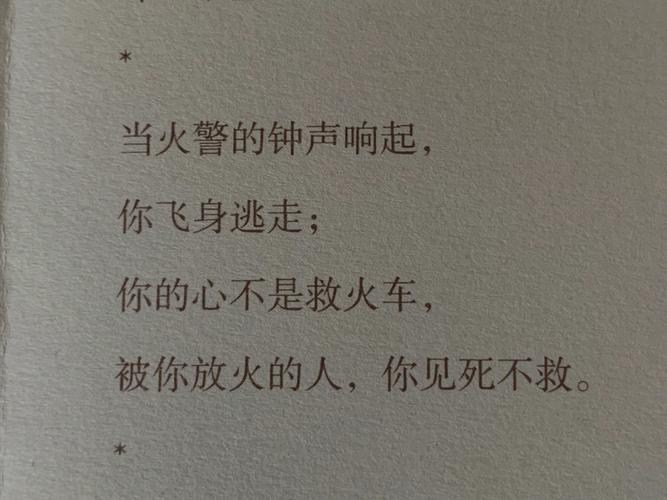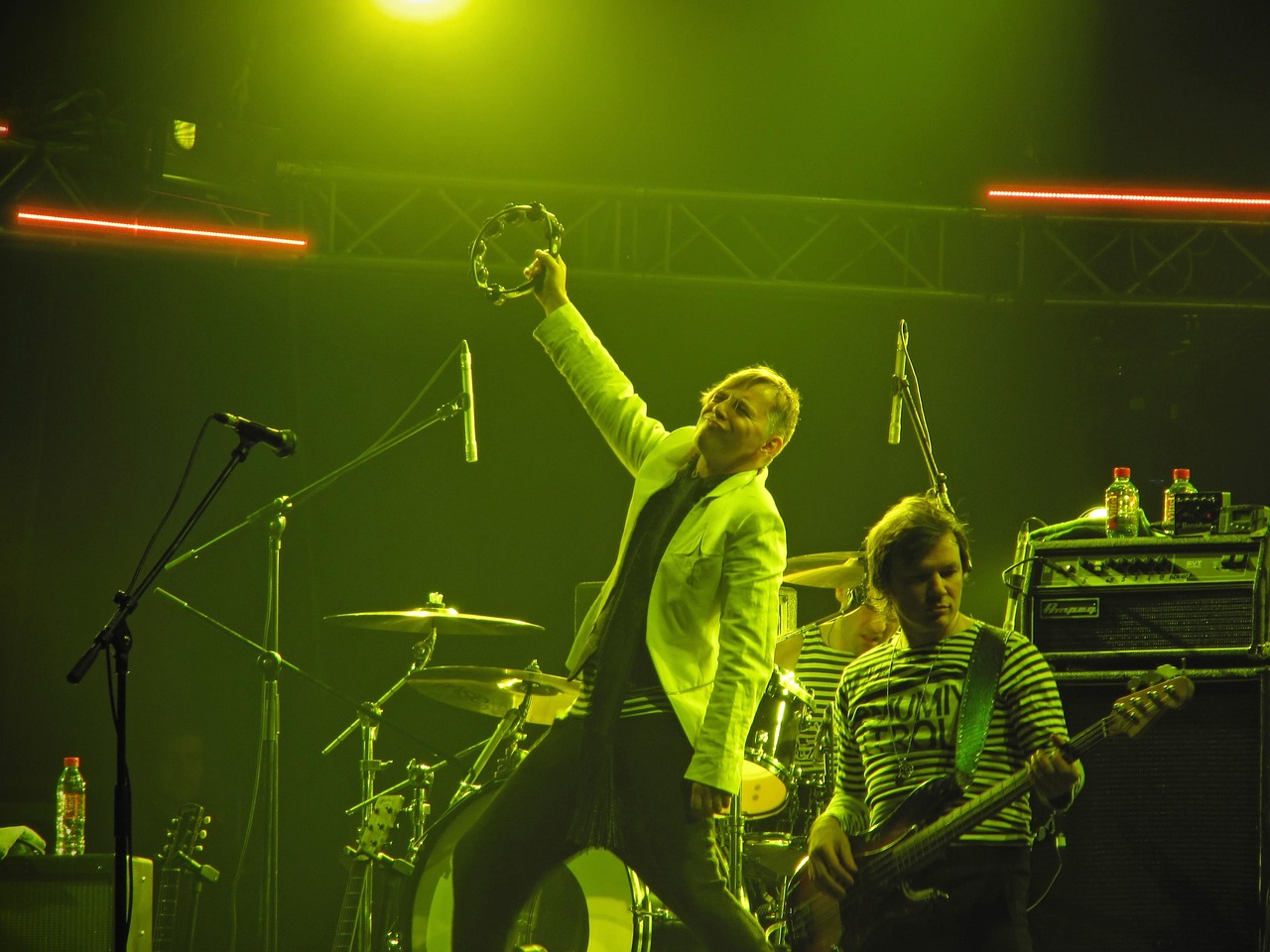ExploringtheConnectionBetweenFolkMusicandEnglishPoetry
When it comes to exploring the realm where folk music and English poetry intersect, one cannot overlook the rich tradition of ballads. Ballads are narrative songs that have been passed down through generations, often with roots in the oral tradition. These songs typically tell a story, whether it be of love, loss, adventure, or the supernatural. Many ballads have been collected and documented over the years, providing a glimpse into the lives and beliefs of the people who composed and sang them.

One of the most famous examples of a ballad in English poetry is "The Rime of the Ancient Mariner" by Samuel Taylor Coleridge. This epic poem tells the tale of a sailor who shoots an albatross, bringing a curse upon his ship and crew. The poem is filled with supernatural elements and moral lessons, making it a prime example of the connection between folk traditions and literary expression.
Another notable example is the work of the Scottish poet Robert Burns. Burns is often referred to as the "national poet of Scotland" and is known for his lyrical poetry that reflects the folk traditions of his homeland. Songs such as "Auld Lang Syne" and "A Red, Red Rose" have become enduring classics, showcasing the power of folk music in the realm of English poetry.
It is important to note that the relationship between folk music and English poetry is a complex and multifaceted one. While some poets draw directly from traditional folk songs and ballads in their work, others may be influenced by the themes, rhythms, and storytelling techniques found in folk music. The result is a rich tapestry of poetic expression that continues to evolve and inspire artists across genres.
For aspiring poets and musicians looking to explore the connection between folk music and English poetry, here are a few tips:
By delving into the world of folk music and English poetry, artists can discover new ways to express themselves, connect with audiences, and keep the traditions of the past alive in the present.











